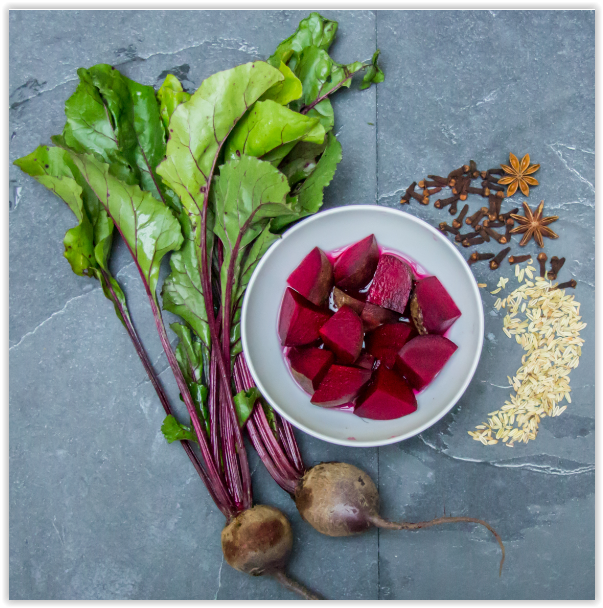
Working on your gut this season could mean a lot of things. Maybe you are adjusting your workout routine to strengthen your core muscle groups. You could be, ahem, adding a few inches to your waist because it would be quite rude to not at least try each seasonal and celebratory treat you come across this winter. Turns out that fermented foods are another way to work on your gut, improving digestion and giving your immune system the support it needs. If you do a quick search on the Internet or stroll down the co-op aisles, you will see that there are an incredible number of fermented foods and beverages out there, too.

Fermentation, in the broadest sense, is the transformation of food by various fungi, bacteria and the enzymes they produce. Examples of this impressive transformation are turning cabbage into sauerkraut, jalapenos and carrots into a lacto-fermented hot sauce, or grapes into wine. Depending on the desired outcome, the enzymatic process can take anywhere from a couple of days to many weeks. The transformation, in turn, is able to offer nutrients and good bacteria to which our bodies would otherwise not have access. Also, keep in mind that while fermented foods are often acidic, they actually produce an alkaline effect in our bodies because the fermentation process makes alkalizing minerals accessible to us.

Currently, it is believed that the average human digestive system contains 300–500 types of bacteria! Sickness, antibiotics or excessive consumption of sugary foods are just a few of the ways this bacterial complexity can shift to an imbalance. This shift can affect not only how your abdomen feels, but it also can produce side effects like brain fog, inflammation throughout the body, bad breath, a weak immune system, or a prolonged low mood or energy level. Fermented foods and beverages are certainly not the single magic ingredient that makes everything better, but when used moderately with other habits of self-care, they are essential pieces of the puzzle.

You would be hard pressed to find a culture that does not have a signature fermented food or beverage. Many places, like the co-op, make it easy to swing by the store and pick up a bottle of beet kvass, a jar of curtido, a pack of injera, or a block of blue cheese. One of the great things about fermentation is that you don’t have to purchase it—this is your opportunity to become a culinary scientist! The next time you are invited to a holiday meal, or are hosting one yourself, you can provide, with very little effort, a creation of your own. If that piques your interest but you are unsure where to begin, click on the photos for recipes to try or attend our Winter Ferments class led by the Creamery Café’s Chef de Cuisine, Matt Kappra.